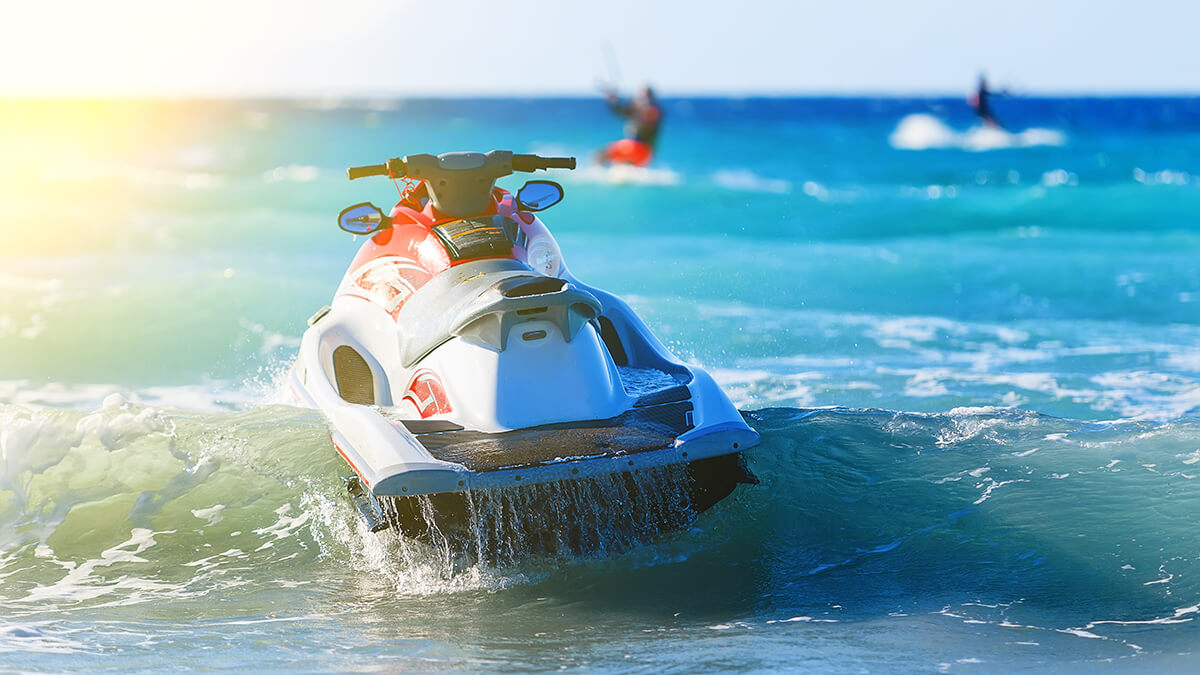Tales of a personal watercraft pirate — How to prepare for the unexpected

It was a beautiful sunny day when I strapped on my life jacket and prepared for what I knew would be an absolutely exhilarating experience — I was about to drive a personal watercraft for the very first time! This was an activity that had been on my bucket list for quite a while, so I could hardly contain my excitement. I imagined myself as a daring action hero, fearlessly speeding across the water as I performed jumps, flips and other daredevil stunts. But when I climbed onto the PWC, I was brought back to reality. Without hesitating, I cruised away from the dock with the wind blowing in my face and adrenaline coursing through my veins. I was having the time of my life!
I could've easily spent the entire day riding on the water. The only thing that stopped me was the fact that I had to take turns with my cousins. I was able to ride three times that afternoon, and by the end of the day, I would've been able to call myself a PWC pro had it not been for one major mishap.
On my third trip, I was driving with more confidence and carelessness — a bad combination. After wildly jetting around near the middle of the lake, I foolishly decided to halt to a stop. Instantly, I was overtaken by a large wave and flipped off into the water. Shocked and slightly embarrassed, I found myself floating helplessly — far away from the shore. It was more difficult than I imagined to flip the PWC right side up and pull myself aboard. I was exhausted, and with a new sense caution, I slowly rode into shore.
Though I now find this story of my misadventure to be amusing, I must admit that I learned a valuable lesson. Based on my experience, here are five ways you can stay safe and be prepared for the unexpected while operating a PWC:
According to the U.S. Coast Guard's 2014 statistics, 84% of boaters who drowned were not wearing life jackets.
-
Carry helpful items in case of an emergency.
Most PWCs have a waterproof compartment where you can store important items while you ride. A few things I suggest bringing are a cell phone, a first aid kit and sunscreen. -
Remember your safety lanyard.
Many PWCs have a lanyard that you can attach to your wrist or life jacket. If you fall off, the lanyard will detach from the PWC and disable the engine, allowing you to safely re−board. -
Inform others of your plans.
Be sure to let others know where you are going and how long you plan to be out. If there is an accident, they will know where to find you and be able to help. -
Always be alert.
To ensure the safety of yourself and others, you need to constantly be conscious of various factors like the wind, waves and other watercrafts. It's also a good idea to check the weather before going out on the water.
As summer beach weather arrives, it's important to remember that carefulness and responsibility are essential elements for a great time on the water.





